Space: the last frontier.
Thus began the episodes of the Star Trek series with the unforgettable Enterprise and its Captain Jean-Luc Picard.
In fact, space is the last frontier that we have left to explore, despite the fact that something of the abyss of our planet still raises some questions. The space, however, represents the goal to which we strive insistently, that void so full of possibilities and new discoveries to be made is there, waiting to see us probe or explore it.
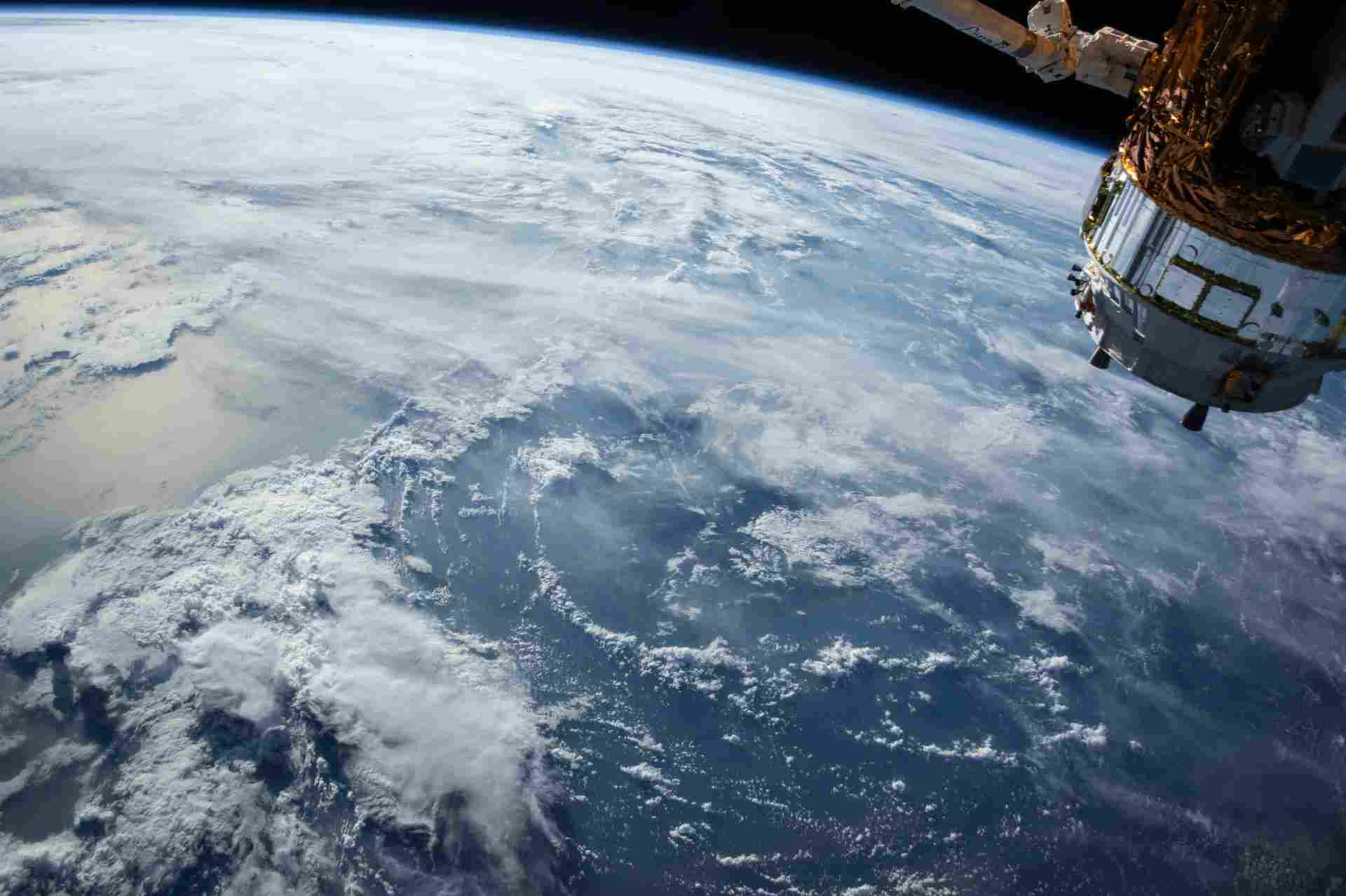
Credits: NASA
Space exploration is certainly one of the central themes of this century, landing on the Moon that July 20, 1969 was not enough for us and we knew it would be only the beginning. Another thing we know, however, is that we will need very powerful instruments, engines that do not yet exist, ships that do not yet exist and above all suits for astronauts that do not yet exist. However, imagining a manned space travel is no longer mere science fiction. Even SINTEC, in its small way, could help. How? Imagine a space travel of medium duration, like the one humanity is planning to undertake to land on Mars.
At best, a round trip to the red planet would take at least six months. A human crew would have to endure both this journey and the return one under certainly unfavourable conditions (it is no mystery in fact that space is the most hostile environment to life). There are a number of things astronauts should do to stay alive, but let’s go in order. A smart patch like the one that SINTEC is developing would be able to monitor all the main vital parameters of astronauts and in a totally non-invasive way.
When it comes to a six-month journey, such a feature, namely the real-time detection of these parameters, can really mean the difference between life and death. A data transmission mode such as FAT-IBC may also be the only way to have transmissions aboard a spaceship. Beyond that, we know for sure that space puts a strain on the muscles and bones of human beings. The human body is not designed for space. The lack of gravity causes deterioration in the bone and muscle structure. This is one of the reasons why the journey to Mars would be so difficult, and why it’s so important to find out how space affects our physiology before we try to colonize other planets.
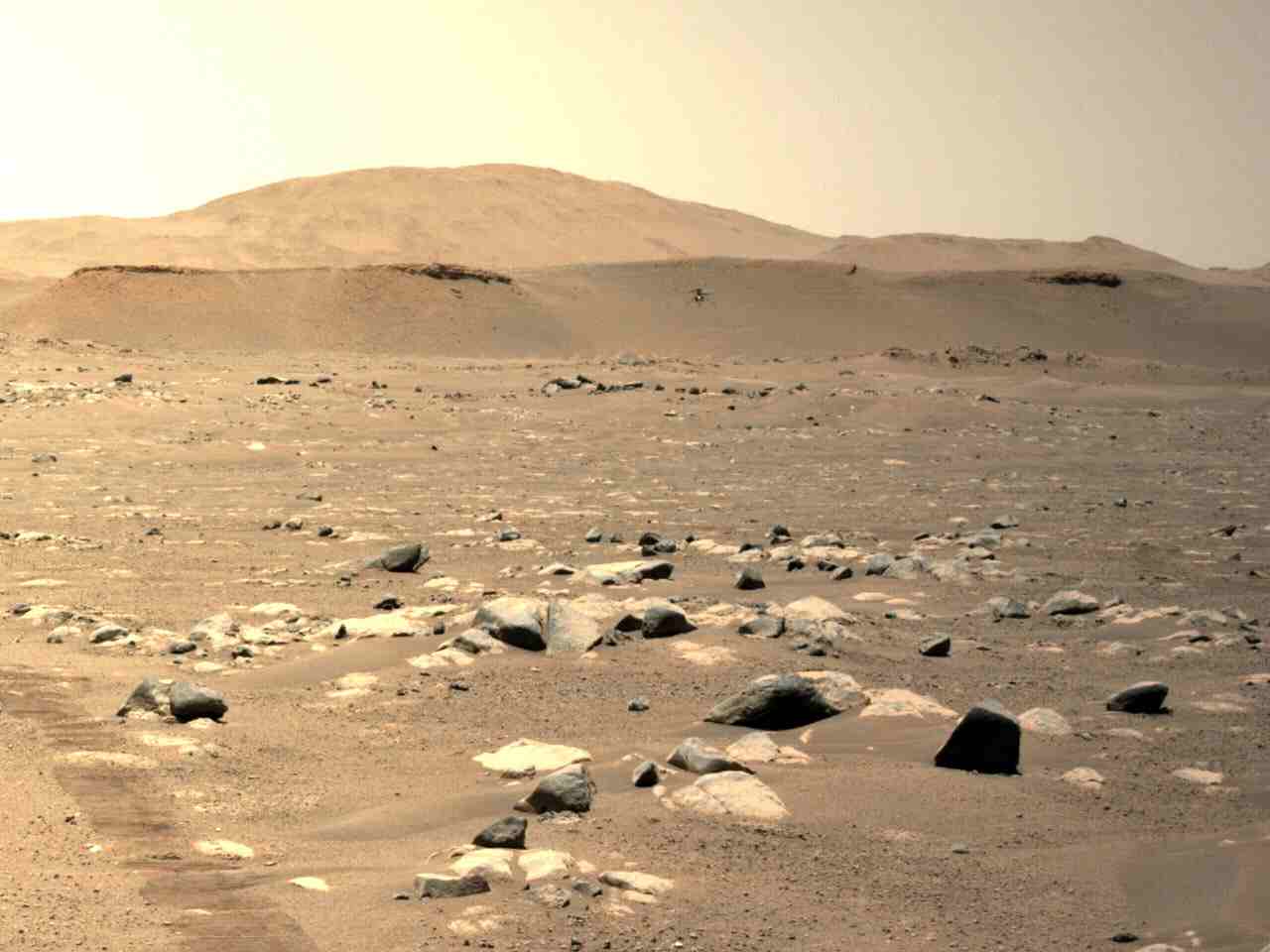
Credits: NASA
The challenges of a journey to Mars are not only about the physical conditions but also about the emotional and mental ones.
After years of research and testing, scientists have found out that one of the most challenging aspects of a journey to Mars is that it can cause emotional problems such as depression, anxiety, and suicidal thoughts. A study from the University of California has found that these mental health issues are caused by prolonged isolation, lack of social support, and limited access to natural light. The smart patch designed by SINTEC cannot solve these problems but can track the indicators that herald their onset, such as a rapid heartbeat, excessive sweating, a sudden increase or decrease in blood pressure.
In the report compiled by NASA in November 1969, about four months after the landing, we read:
“The biomedical data were of very good quality. Only two minor problems occurred, both late in the flight. Data from the Command Module Pilot’s impedance pneumogram became unreadable and the Lunar Module Pilot’s electrocardiogram signal degraded because of drying of the electrode paste under the sensors. The Lunar Module Pilot replaced the electrocardiogram leads in his bioinstrumentation harness with the spare set from the medical kit, and proper readings were restored. No attempt was made to correct the Command Module Pilot’s respiration signal because of entry preparations.” (NASA: Apollo 11 Mission Report, p. 12-2, November 1969)
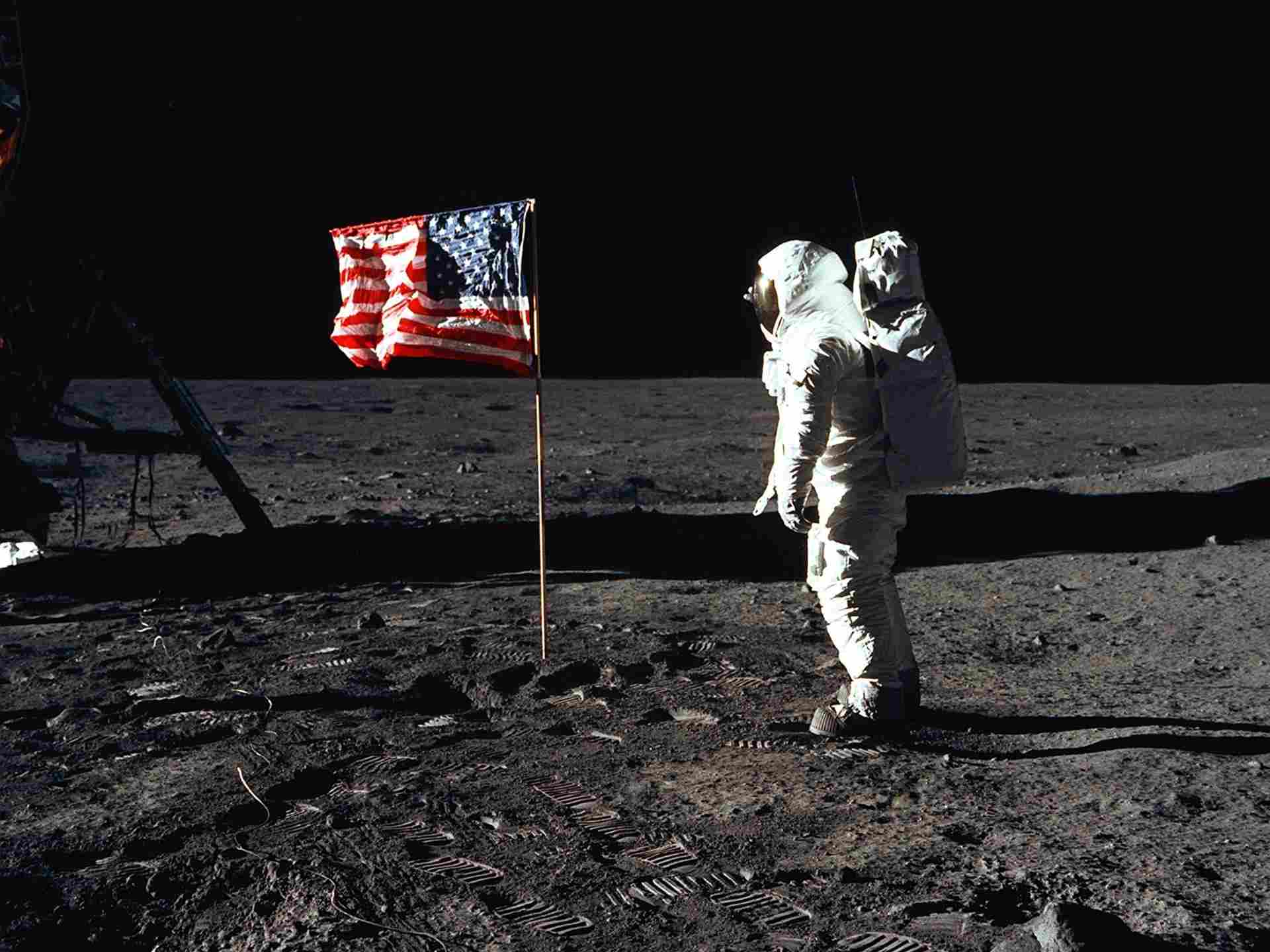
Credits: NASA
The tools used to keep track of the vital parameters of the 1969 astronauts were contained in the bulky suit that we are used to seeing in the photos of the time and from a quick glance you can perfectly understand how much that technology could have natural problems.
During the SINTEC Summer School held in June in Castione dalla Presolana (Bergamo province, Italy) we listened to an incredibly interesting speech by Antonio Del Mastro (Mars Planet) and Filippo Servalli (Radici InNova). They both stressed out the need for humanity to make it to Mars and showed how new technology like the one developed by SINTEC are going to help us making this giant leap. More specifically they showed how much space suits have improved since the Moon landing in materials and technology.
But not only the journey itself poses great challenges. Even the arrival and “stay” on Mars can be extremely dangerous. On Mars, the gravity is only 38% of Earth’s and the atmosphere is mostly carbon dioxide. This means that astronauts would not be able to walk around without a spacesuit on and would need to consume water and oxygen more often.
In addition, the environment on Mars poses a threat to human health. The air pressure is much lower than on Earth, which could affect how muscles and bones work. Astronauts might also be more susceptible to infections because of the lack of bacteria in Martian soil. Also in this case, therefore, it would be necessary to be able to constantly monitor the vital parameters of the explorers. The astronauts’ health parameters may be monitored in real-time, which is necessary to detect any potential problems as early as possible. This would allow the astronauts to take preventive measures before it gets worse and even save their lives. Because we don’t just want them to go … but we also want them to come back (and bring us some souvenirs)!
Although the challenge is very great, we already have the means to face it. A device such as the one developed by the SINTEC Project could be available to be used on such an important journey for the history of humanity.
What do you think of it? Will we be able to explore Mars in the near future? To read other posts from the SINTEC Blog click here.
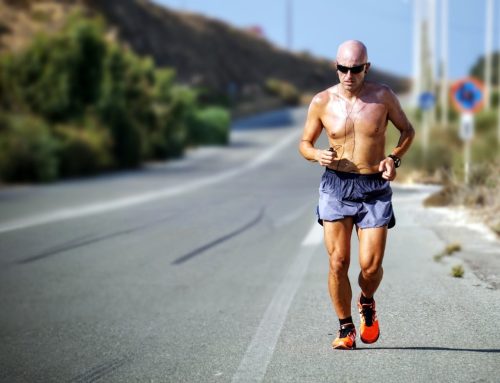
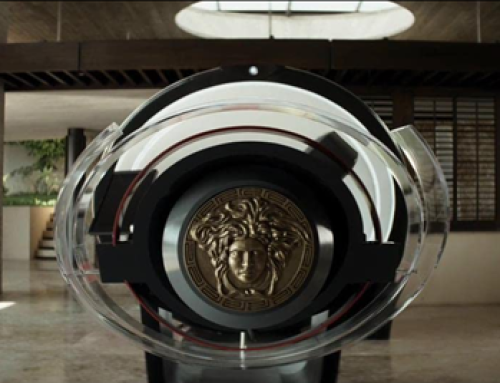
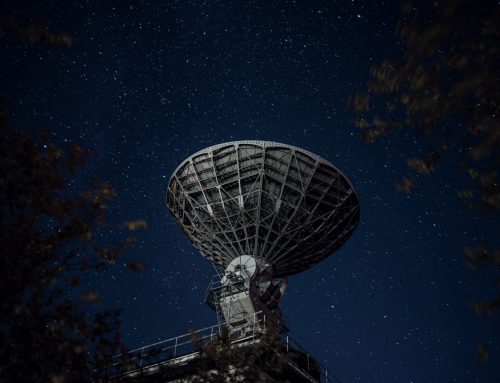





Leave A Comment